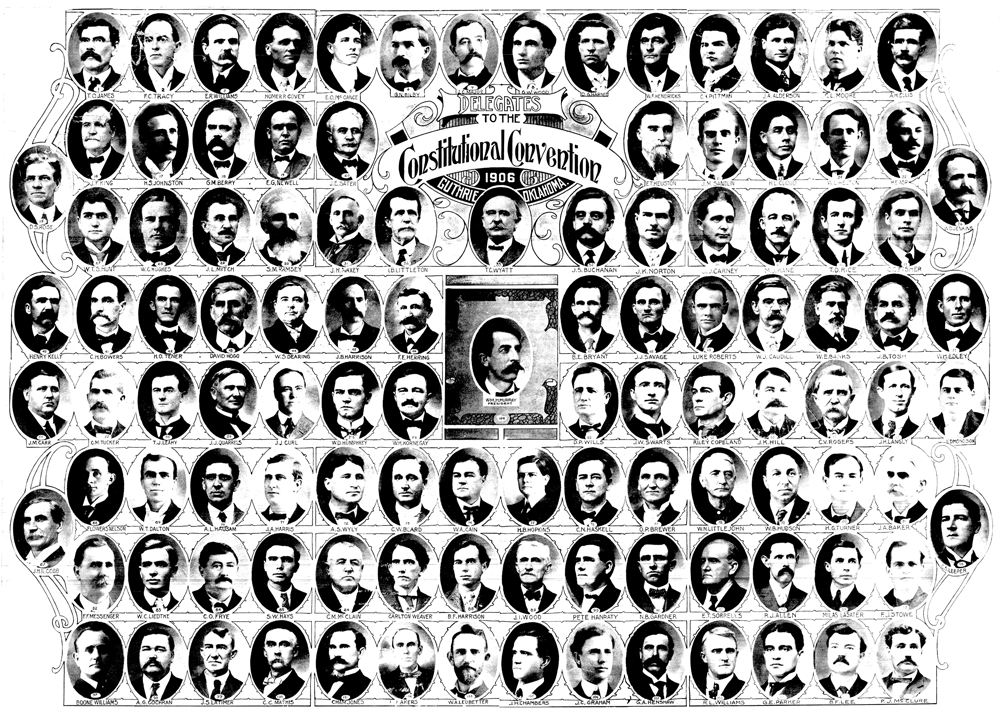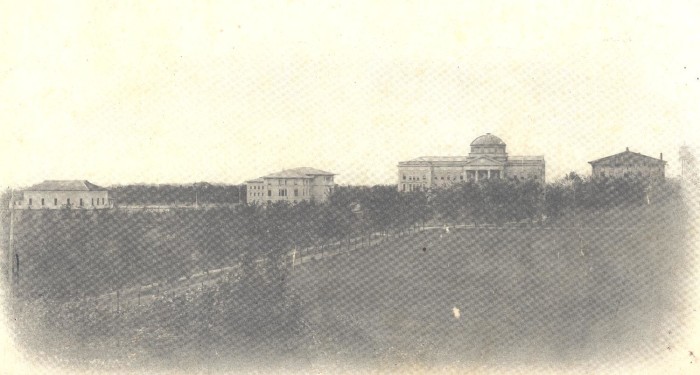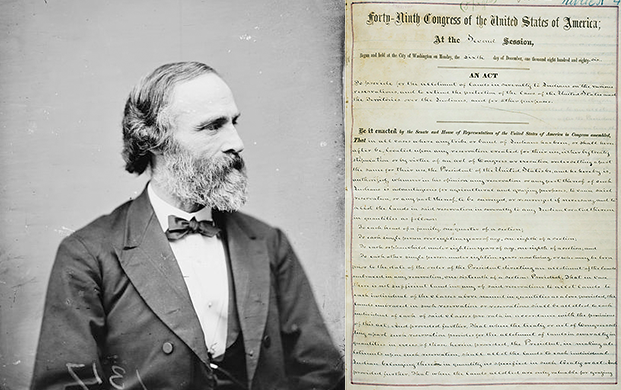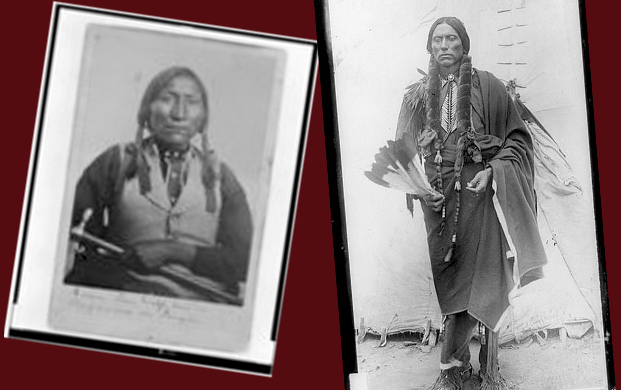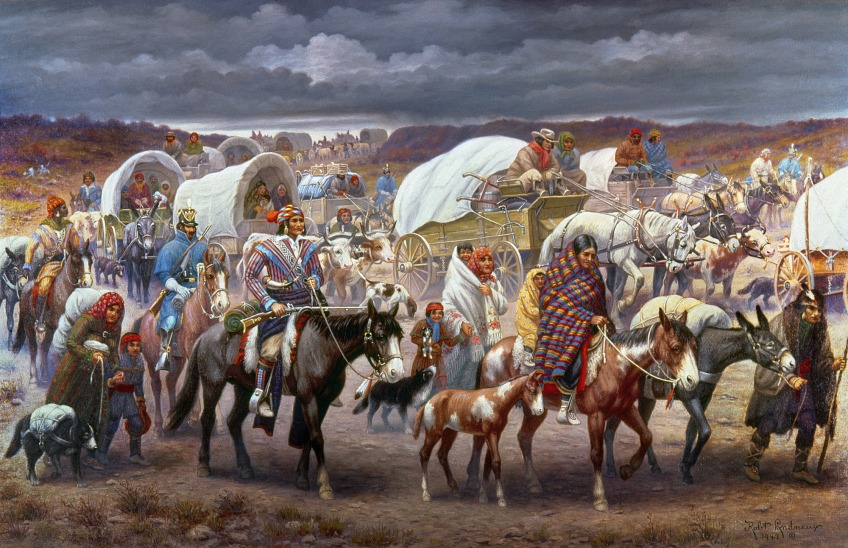Constitutional Convention
November 20, 1906 After the Enabling Act of 1906 allowed Oklahoma Territory and Indian Territory to become a single state, 112 elected delegates met in Guthrie from November 20, 1906 until March 15, 1907. The delegates, led by William “Alfalfa Bill” H. Murray, drafted a constitution which the public approved in September 1907. The Internet…


